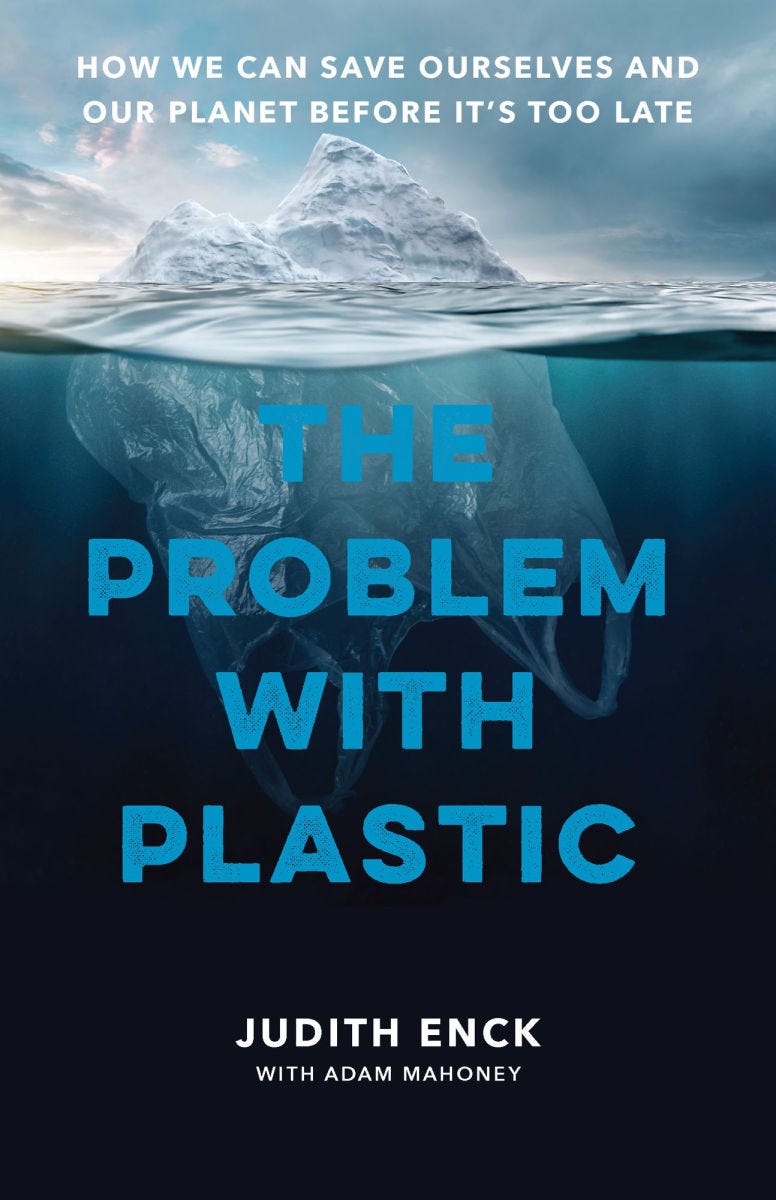Let’s see now…I’m trying to figure out how long Donald Trump has been a household name. At least since he began his 14-season run on “The Apprentice,” I’d say, although if you lived in New York City back in the 70’s and 80’s, he was arguably a household name then, appearing in the gossip columns almost daily, or at least he tried as hard as he could to make it seem that way.
In 2015, he decided to make his run for the Republican nomination for president, and his visibility picked up considerably. Remember the clown-car “debates” with a dozen or more Republican candidates on the stage? Trump was the star of the show, dominating the proceedings with a tease of how he would dominate the news cycle when he won the White House – with name-calling and nastiness and demonstrably false claims about his opponents.
But who was fact-checking? Nobody even called him a liar until September of 2016, an event so momentous that New York Times Executive Editor Dean Baquet saw fit to do an interview with NPR’s Steve Inskeep to explain the reasoning behind his decision to deploy the “L-word” about Donald Trump, the candidate for president.
How quaint it seems now. How chickenshit it was not to scream LIAR from every headline, every day.
I’m retracing a few of many steps through the Trump saga trying to understand why the man is so fucking unhappy now. I mean, he’s been dominating the national conversation, so to speak, for 10 years. He got himself elected President of the United States twice. He has used that position this time around to enrich himself by extorting billions of dollars, according to every estimate I’ve read, from everyone he comes in contact with, from tech oligarchs to television networks to Ivy League universities to white-shoe law firms to foreign countries. He gets to do his favorite thing in the world, playing golf, practically every weekend he’s not traveling to sit down for mezze-burgers with berobed leaders of desert states and make deals to further enrich himself.
So why on Christmas, the jolliest day of the year, did he post this insane screed on his Truth Social account:
“Merry Christmas to all, including the many Sleazebags who loved Jeffrey Epstein, gave him bundles of money, went to his Island, attended his parties, and thought he was the greatest guy on earth, only to ‘drop him like a dog’ when things got too HOT, falsely claimed they had nothing to do with him, didn’t know him, said he was a disgusting person, and then blame, of course, President Donald J. Trump, who was actually the only one who did drop Epstein, and long before it became fashionable to do so. When their names get brought out in the ongoing Radical Left Witch Hunt (plus one lowlife “Republican,” Massie!), and it is revealed that they are Democrats all, there will be a lot of explaining to do, much like there was when it was made public that the Russia, Russia, Russia Hoax was a fictitious story - a total Scam - and had nothing to do with ‘TRUMP.’ The Failing New York Times, among many others, was forced to apologize for their bad and faulty Election ‘Reporting,’ even to the point of losing many subscribers due to their highly inaccurate (FAKE!) coverage. Now the same losers are at it again, only this time so many of their friends, mostly innocent, will be badly hurt and reputationally tarnished. But sadly, that’s the way it is in the World of Corrupt Democrat Politics!!! Enjoy what may be your last Merry Christmas!”
The name, “Donald J. Trump” appears as a digital signature just below the extra-loony completely unexplained yet deeply threatening last line quoted above.
Wait a minute! I’ve got an idea! Could his frantic blatherings have had anything to do with what happened the night before, on Christmas Eve, when the Department of Justice announced that they had found another one million documents related to Jeffrey Epstein that they would need more time to review and “redact” before the documents could be released?
What could possibly be in the new million pages, is what I’m asking. The DOJ – yes, the DOJ controlled by Trump’s hand-picked hit-woman, Pam Bondi – has made I don’t know how many announcements about the so-called “Epstein files” before this without generating an earthquake rant like that one. Do you remember when Bondi ordered Kash Patel to call 1,000 FBI agents back to Washington D.C. so they could go through the Epstein files that she suddenly discovered the DOJ had? There were complaints by law enforcement experts all over the place that so many FBI agents had been removed from posts where their job was actual crime fighting to devote themselves to combing through Epstein documents. Everybody knew what they were looking for: the name, Trump.
Then there were the leaks of stuff that they found in the documents, and then there were leaks by the DOJ itself to right-wing “influencers” of supposed gems from the documents that turned out to be newspaper clips and other public information.
Then along came the months-long Congressional clusterfuck about the discharge petition that would bring to the floor of the House a vote on a bill that would force the Trump DOJ to release the allegedly full Epstein files. There was the vote in the House, followed by the Senate, followed by Trump signing the bill in a dark room with no one looking somewhere in the White House, followed by 30 days the DOJ was given to release the files, followed by the first trickle they let out last week, along with explanations of how much work it was to go through the documents to make certain none of the victims’ names would appear, as if they hadn’t been searching for Trump’s name in those files ever since the thousand FBI agents checked into Motel 8’s and Comfort Inn’s on the outskirts of DC and started going through them.
I think I’m getting a picture of what’s bothering Donald Trump. He won the presidency back in 2016, and won again in 2024 thinking he was going to be in charge of the DOJ and that he could bury all this Epstein stuff, because who is in charge of the DOJ? Donald Trump is in charge of the DOJ, and as he has told us, he’s president and “I can do anything I want.”
Except for the fact that there is a problem, and it’s a big one. Jeffrey Epstein’s business of trafficking underage girls to wealthy and powerful men generated more than one thousand victims. That’s a lot of women who remember the names of the men who raped them.
We don’t know the number of men who raped underaged girls, but it must be one hell of a lot, because it’s got the President of the United States all worked up on Christmas Day – worked up enough that he wrote the equivalent of a signed confession, and then spent the next 12 hours or so posting unhinged lies and craziness 100 more times.
Jeffrey Epstein and Donald Trump first met and became acquainted in the late 1980’s. Epstein was reportedly Donald Trump’s best friend from the early 90’s through the early 2000’s. They visited each other’s Palm Beach mansions. Trump flew multiple on Epstein’s private jet, which was known to the wealthy men who flew with him as “The Lolita Express.” We also know that sentences from the novel “Lolita” were written in ink on female ankles and legs, because we have seen photos found in the latest batch of Epstein files…or was it the first batch? It’s hard to keep up, isn’t it?
And now we have learned that the number of times Trump flew with Epstein was more than the DOJ and investigators for the Southern District of New York had suspected when they began investigating Epstein in 2018, when it took them three months to present evidence and testimony to the grand jury they had empaneled. And this has caused us to recall that among the many, many lies told by Donald Trump over the last 10 years was this one: I have never been on Epstein’s private jet.
We know all kinds of new things about Trump and Epstein, including that Trump accused Epstein of “stealing” an underaged girl named Virginia Giuffre working as a masseuse for Donald Trump in his Mar a Lago spa, who was subsequently trafficked by Epstein to Prince Andrew, who raped her and otherwise sexually abused her. We know this in part from Giuffre’s book, which she wrote before committing suicide, and in part because Prince Andrew is no longer a Prince, having been fired from the British Royal Family by his brother, King Charles.
Donald Trump knows all the stuff we know, and he knows more. He knows what he did with Epstein. He knows where they went on Epstein’s private jet. He knows what he and Epstein’s pimp, Ghislaine Maxwell, were talking about in the photos found in the Epstein files that show them together.
You know, just social occasions, like everyone hangs out at nightclubs and parties with women who pimp little girls for your best friend to his friends…and your friends.
But to hear it from Trump, he hardly knew this guy Epstein, with whom he is seen chatting and laughing in photos and videos that come from the Epstein files or were already in the public record.
This tiny man, Epstein, is casting a very, very long shadow over the life of Donald Trump. He looks extremely depressed and angry in every photo that has been taken of him lately. He was unhappy on Christmas Eve when he was photographed with his wife, Melania, talking on the phone to children who were calling NORAD trying to figure out when Santa Claus would get to their house. He was unhappy the next day when he wrote the post on Truth Social attacking himself for having befriended Epstein and taken all those flights on his private jet, before patting himself on the back for unfriending him.
Pipsqueak Epstein’s long shadow is ruining Donald Trump’s Christmas. He’s ruining Donald Trump’s presidency.
Bwwwaaahhh…sob…sob…


